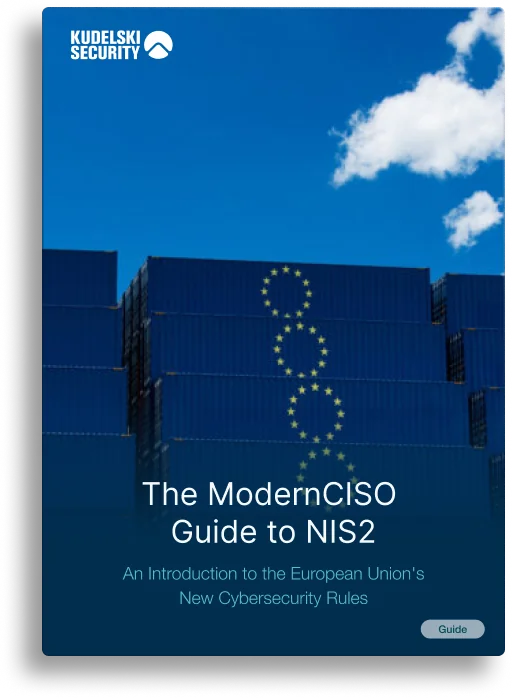
- Managed ServicesManaged Detection and ResponseLeading proactive defense & effective defense, 24/7.MDR for OTProtect What Powers the Physical World.Proactive Threat HuntingStay Ahead of Cyber Adversaries.24/7 IR RetainerRetained Support to Stop Breaches Before They Spiral.Continuous Credential Leak MonitoringDiscover Leaked Logins, Prevent Costly Breaches.By technologyMDR ONE ResoluteGo Beyond Security with a Flexible, Scalable Solution, Built on an XDR Platform.ClarotyProtect What Powers the Physical World.CrowdStrikeMulti-Signal MDR detection, investigation and response for the CrowdStrike Ecosystem.MicrosoftStrengthening Resilience with Proactive Cyber Defense with MXDR For Microsoft.CTEMCTEM Strategy and OperationsProactively Reduce Cyber Risk at Scale.Continuous Asset and Threat VisibilityIdentify & Reduce Enterprise Exposure at ScaleExternal Attack Surface ManagementDiscover Unknown Assets and Eliminate External Vulnerabilities.Risk-Based Vulnerability ManagementDiscover, Prioritize and Remediate the Threats That Matter Most.Offensive SecurityPenetration TestingIdentify What Automated Tools Miss with Expert-Led Manual Exploitation.Red TeamSimulate Stealthy Threat Actors to Identify Gaps and Test Detection Capabilities.Purple TeamAlign Offense and Defense to Improve Detection and Response.Breach Attack SimulationContinuously Validate Your Cyber Defenses.Incident Response & Digital Forensics ServicesStrategy, Risk & ComplianceMaturity AssessmentUnderstand Your Cybersecurity Readiness.Cyber Risk QuantificationQuantify Cyber Risk in Business Terms.Compliance As a ServiceStreamline Compliance, Strengthen Cybersecurity.Zero Trust AssessmentIdentify Gaps, Align Teams, Accelerate Zero Trust.Third-Party Risk ManagementReduce Third-Party Risk, Strengthen Cyber Resilience.Local Regulations AssessmentStay Compliant Across Every Jurisdiction.Cloud Security Posture AssessmentStrengthen Your Cloud Security Posture.Virtual CISOCybersecurity Leadership Expertise, On Demand.AI & Emerging Technology ServicesCPS/OT Security

I'm Under Attack










































.webp)






























%20-%20Copy.png)
